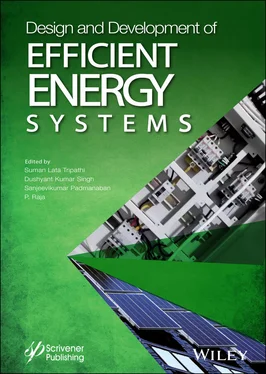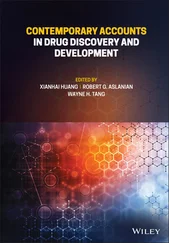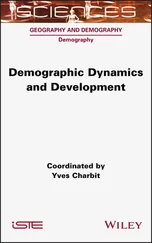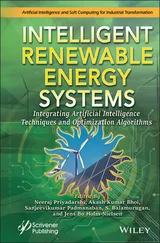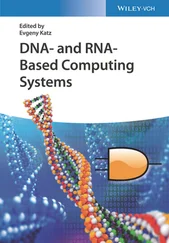In 2017, Kinthada, et al. [19] proposed a framework which is used for monitoring patients’ medicine intake. It is used to monitor the dispensing of prescribed medicine and tracking the history of medication, including any dosage that has been missed. With the help of alarms, it sends an alert notification to the patients to take their medications. If the patient misses the dosage then a notification is sent to the healthcare provider and in times of emergency, medical staff are alerted. In 2017, Pinto, et al. [31] proposed an IoT-based living assistance for aged people that has the capability to monitor and store all the vital information regarding the patients’ if an emergency situation arises an alarm will be triggered. This work comprises a wrist band which is connected to a cloud server for monitoring and assisting the old-aged people. It is a low-cost solution working on low power with devices that have wireless communication. In 2017, Kirttana, et al. [20] proposed Heart Rate Variability (HRV) monitoring systems for remote hypertensive patients based on IoT. It is designed as a user friendly and low-cost system. HRV is used for measuring the variation of the time interval that is observed between consecutive sequences of heartbeats. The analysis of HRV can be used for the deduction of diabetics, cardiovascular diseases, chronic conditions and hypertension-related diseases. HRV data are monitored to deduct these type of diseases. In the proposed work, the data acquisition is carried out by a sensor based on wireless zigbee. The collected data are used to calculate the parameters of HRV system. The collected data from the patient are transmitted by a system based on arduino to the backend server that is using an IoT protocol called MQTT. The HRV data at the server is plotted as a graph.
In 2015, Madakam, et al. [23] proposed an overview about the IoT, its architecture and different technologies and its usage in day-to-day life. One of the major observations in the document is that IoT has no standard definition. These technologies vary from vendor to vendor and so interoperability is needed. The architectural level requires universal standardization. No standard protocols are created for global management betterment.
In 2017, Taleb, et al. [37] published a survey on Mobile Edge Computing (MEC) that explores the enabling technologies. The MEC deployment considers the MEC network platform with the mobility support and individual service perspectives. The mobile edge computing reference architecture, which offers third-party, content provider and multitenncy support to the developers’ application, is analyzed. In 2017, Mao, et al. [24] proposed a survey based on the mobile edge computing start of art technology. This proposal mainly focused on optimizing the computational resources and radio network. In 2017, Dolui, et al. [10] explored various edge computing types, such as Mobile Edge Computing, Cloudlet and fog computing along with the feature sets. To achieve real-time responses, edge computing becomes the research area for many researchers.
Observations from related works, in the solutions based on IoT, show the importance of context aware computing. The sensors, connectivity and computing technologies have been experiencing a bigger advancement in the past decade, thus now the focus is on developing low-cost wearables that could sense human health condition. Most of the applications in healthcare are now IoT-based systems. Many applications in real-time healthcare systems use cloud computing for computation and storage, but this has unpredictable or high network latency. Thus edge computing is preferred; it brings the data computation nearer to the user device. The usage of edge computing generates energy-efficient systems [7].
4.3 Edge Computing
4.3.1 Architecture
An extension or supplement of cloud computing is edge computing, in which the computation process is carried out nearer to the source of data, thus reducing network latency and improving the overall efficiency of the network [21]. The computation is placed on the network’s edge to minimize the bandwidth that is required compared to the bandwidth that are used for cloud computing. Thus applications such as healthcare monitoring, which require critical time solution are based on edge computing since that is a computing platform that is aware of network latency. The edge computing architecture is shown in Figure 4.1. The network that is used for processing the acquired data could be Radio Access Network [13] or Local Area Network or IoT network [3]. Then processing is carried out locally in the device edge. To perform tasks with high computation, the data processed in the edge device is transmitted to the cloud and data storage takes place in the cloud [18, 22, 36].
4.3.2 Advantages of Edge Computing over Cloud Computing
When compared to cloud computing, edge computing possesses many advantages [41] including:
Spontaneous Response : Some services can be handled by edge devices at the time of the emergency, thus eliminating the delay in the transmission of data from the cloud. So the response speed is spontaneous.
Efficient Data Management : The data collected from the IoT devices can be processed at the edge device by reducing the tasks of cloud computing. Latency could be reduced and computation can be performed faster due to the low dependency on cloud computing.
Bandwidth Utilized Efficiently : Any large amount of tasks in computation can be handled by distributed nodes of edge computing, eliminating the process of data transmission to the cloud. Thus the pressure of additional transmission in the network is eliminated and the bandwidth is utilized efficiently.
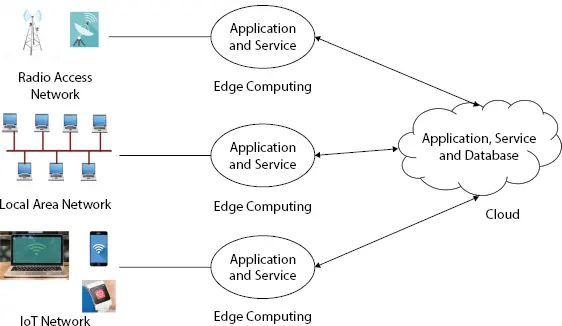
Figure 4.1 Edge computing architecture.
Powerful Data Storage : Backup of the data for edge devices that consist of an enormous storage area and high processing capabilities of huge data can be obtained from the cloud.
4.3.3 Applications of Edge Computing in Healthcare
The service providers are facilitated by edge computing to reach the deepest data, analytics are performed, knowledge is gathered and better decisions can be made [44]. Edge computing solves challenges (such as, security, latency, monitor and governance) extensively that are faced in various application services. The healthcare sector relies deeply on services that are fast-paced. Even a minimum latency would not be acceptable since it could stop access to vital services by patients. It has been proved that one of the pervasive challenges in the world is to ensure responsive healthcare. Edge computing can be used to achieve this as in the edge computing process the data is nearer to the source of data, thus eliminating unwanted latency. Some of the applications of edge computing [12] in healthcare applications are shown in Figure 4.2.
Self-Care by Patients : Wearable sensors, heartbeat monitoring, glucose monitoring in blood and various healthcare applications have grown common over the last decade. These sensors collect a huge amount of patient data which can be used by healthcare providers to diagnose the problem better. Also, the health of the patient can be monitored for a long time, creating an improved outcome. The problem here is to secure and handle such a huge amount of unstructured data. If these data are sent to the cloud, where it is sorted and analyzed, it would be highly difficult at the time of an emergency to provide an instant response to the patient. Thus edge computing is preferred to solve such problems [14, 40].
Читать дальше
